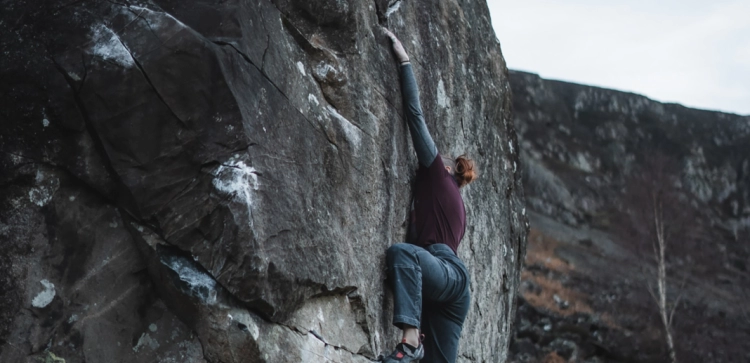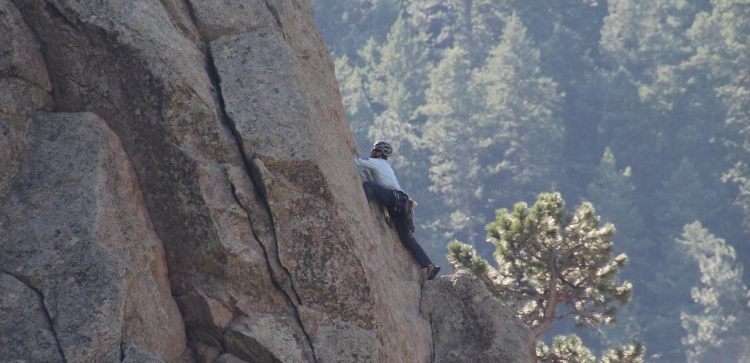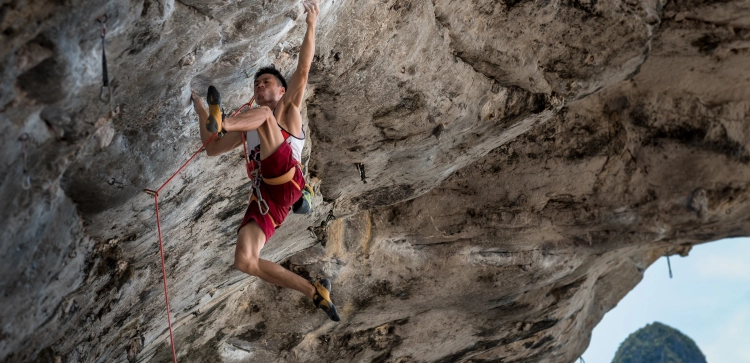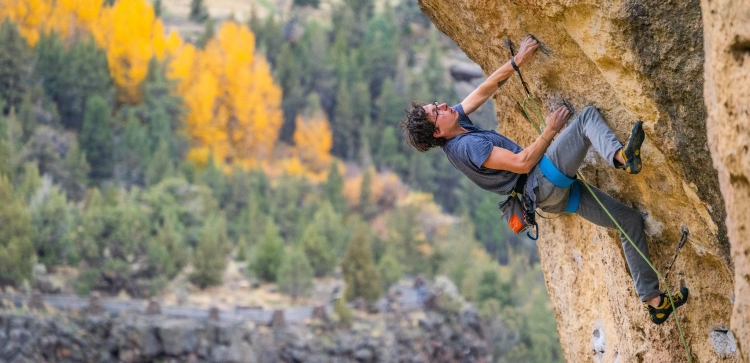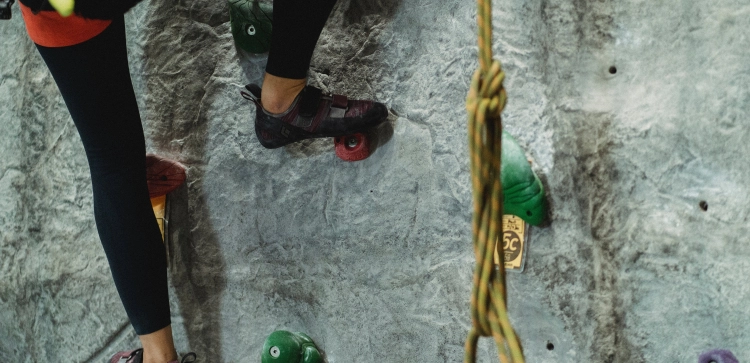Cracking The Code: Understanding Bouldering "Problems" And Routes

In the world of bouldering, climbers are often presented with puzzling challenges called "problems". Understanding these problems and how to solve them in their own, possibly unique, way is a major element in progressing in this sport. In this article we will go over how to approach these boulder problems, the mindset to help solve them, and techniques to help you along the way.
- Decoding Bouldering Problems
- Approaching Routes
- The Right Mindset
- Deciphering Bouldering Sequences
- Chalk Reminders
- Following Other Climbers' Chalk Reminders
- Frequently Asked Questions
- How Can I Improve My Problem-solving Skills In Bouldering?
- What Should I Do If I Get Stuck On A Bouldering Problem?
- Are There Specific Techniques For Reading Bouldering Routes?
- How Can I Stay Motivated During Challenging Climbs?
- Conclusion
- Community Questions · 0
Decoding Bouldering Problems
Why are boulder routes called "problems"? It's because each route is an actual problem that you must solve by understanding how to climb it. This means that you need to understand the holds and how to grip them, the body position for each move, where to preserve energy, where to explode, and any other detail that may help you top the route.
Approaching Routes
Before you start climbing the route, take a moment to plan it. Consider the route's difficulty level, the type of holds involved, and the potential sequence. Planning the route before actually climbing on it can significantly increase your climbing performance by knowing the possible beta and moves required to top it, rather than finding out along the way.
The Right Mindset
Bouldering problems can be physically and mentally challenging. Understand and accept the learning process and be patient with yourself. Don't be discouraged by failures, they are opportunities to improve and refine your technique and to grow. Stay determined and with a positive mindset, and you will be able to overcome any hardship along the way and make noticeable progress.
Deciphering Bouldering Sequences
As you begin climbing, pay attention to the sequences and transitions between holds. Break down the problem into manageable sections, and focus on executing each move with precision and proper technique to save energy for later sections. Being mindful of the route, planning the beta, and climbing with proper technique will help conserve energy for the difficult sections of the route.
Chalk Reminders
Chalk is more than just a tool to keep your hands dry; it can be your memory aid too! As you climb, leave subtle chalk marks or "reminders" on the holds, indicating foothold positions or crucial moves. These reminders can guide you during subsequent attempts and help you refine your approach.
Following Other Climbers' Chalk Reminders
When bouldering on routes others have attempted, you may notice chalk marks on holds indicating hand or foot placements. It's tempting to follow these guides as they can provide valuable insights, however, it's important to remember that other climbers' beta might not align with your strengths or preferred climbing style. Treat these chalk remainders as hints, not strict rules. It's fine to try others betas, but it's important to also try your own way. Your own unique approach may be the key to solving the boulder problem, and it may be completely different from everyone else's.
Frequently Asked Questions
How can I improve my problem-solving skills in bouldering?
It takes time and a lot of patience. Efficiently and correctly planning routes is one of the difficult parts of climbing, not just the climbing itself.
To improve in route planning and problem-solving, before getting on any route, first plan it thoroughly. Plan every move and sequence you are going to do on it. The rule to this exercise is that once you get on the route, you have to do it in the exact way you planned it. If you make a mistake, do something differently from what you planned, or find that you can't do what you planned, you must come down and plan it again.
You can do this for warm-up climbs and for harder climbs as well. This is a great exercise to learn how to properly plan routes, but to also be more mindful of your climbing style and strengths.
What should I do if I get stuck on a bouldering problem?
If you get stuck and can't progress on a boulder problem, take a step back and think about what it is that is not working. Try different sequences and moves. Sometimes, even the things we think will definitely not work actually end up being what works. If you still can't solve it, ask someone around for help. Even if they climb at a lower level, many times, they may have creative solutions to solving problems.
Are there specific techniques for reading bouldering routes?
Yes, firstly, take a step back and look at where the route starts, ends, and the path you have to go through to get from the start to the end. This will often tell you how you will need to position your body. Then, look at the holds in each move throughout that path, this will tell you how to grip the holds to align with your body positioning. Next, divide the route into sections, such as the beginning, middle, and end, and come up with a plan for each section.
How can I stay motivated during challenging climbs?
Setting smaller goals can be a great way to stay motivated, even on terribly difficult climbs where you have a hard time even getting one move in. In cases like this, even setting a goal to do one move on the boulder can be motivating enough to push you to do another move, and then to link them.
Conclusion
As we have said many times in this blog, climbing is more than a physical sport. It is as much of a mental sport as it is a physical one. Properly planning your route before you climb it is one of the most difficult aspects of efficient climbing, but it is also one of the most rewarding. Being able to flash difficult routes with proper planning can be immensely satisfying and motivating.

